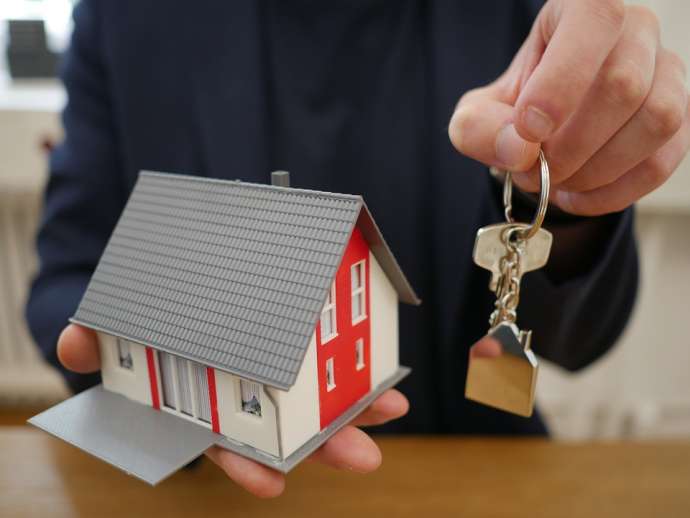STA, 31 December 2021 - Housing prices have risen rapidly since the market rebound in March with soaring demand underpinned by low interest rates and the availability of credit. The Surveying and Mapping Authority (GURS) says that price growth is not expected to taper off until the supply of new housing outstrips demand.
Prices of residential property have risen sharply this year and by the third quarter they were up by 12.9% at the annual level, according to Statistics Office data.
Prices of second-hand flats in multi-apartment buildings rose by around 8% in the first half of this year from the end of last year. This marks the highest six-month price growth since the 2008 housing market crisis, GURS notes in its report on the Slovenian real estate market.
The record growth was driven by the prices of flats in multi-apartment buildings in the largest cities, with the exception of Ljubljana. In Koper, Kranj, Celje and Maribor, prices thus jumped by 10%-12%.
In Ljubljana, which remains the most expensive city, prices rose by 6% in the first half of this year, reaching new record highs: the median price of a second-hand apartment on Ljubljana was EUR 3,250 per square metre.
The acceleration in residential property price growth is also reflected in the residential property price overvaluation indicators, Slovenia's central bank Banka Slovenije noted in its report on the performance of banks for December.
"Most of the overvaluation indicators already reflect a overvaluation of property prices of around 10% relative to the dynamics of other macroeconomic indicators," the central bank wrote.
Although nominal prices have already surpassed the 2008 peak, real prices are still around 10 percentage points behind.
The rapid price growth has been driven by strong demand, underpinned by low interest rates, readily available credit, and limited supply of new-build properties, according to GURS.
They added that low interest rates were encouraging both purchases of property for own use and investment purchases.
Rising prices are also increasingly affected by rising land prices, and indirectly by rising construction costs due to the global increase in transport and building material prices.
In the first half of 2021, GURS recorded 20% more sales of land for the construction of residential buildings than in the second half of last year, and 90% more than in the first half of last year.
"The accelerated growth in demand for land for the construction of residential buildings points to a strong demand for the construction of apartments for subsequent sale on the market and the construction of family houses for own use," they explained.
The number of transactions involving land for the construction of residential houses even exceeded the number of sales of residential houses themselves in the first half of the year.
The central bank also notes that household lending has picked up since the first quarter of this year with the year-on-year growth in housing loans reaching 8.1% in October.
In its macroeconomic outlook for December, the central bank notes that the gap between supply and demand was particularly pronounced, especially in larger cities. It therefore expects residential property investments to strengthen.
"We estimate that stronger demand will continue to be one of the key drivers of housing construction and development, given the buoyant labour market and favourable credit conditions," they wrote.
Similarly, GURS notes that the supply of new housing is still lagging behind demand practically everywhere in Slovenia, despite the fact that more new residential properties are coming to market.
"The growth in housing prices is not expected to stop until the supply of new housing outstrips demand, and the time required to sell new housing becomes significantly extended, or inventories of unsold housing start to build up," they said.
"So far, despite record prices, most of the newly built residential properties in the biggest cities and popular tourist destinations are still being sold before they are even built," according to GURS.







